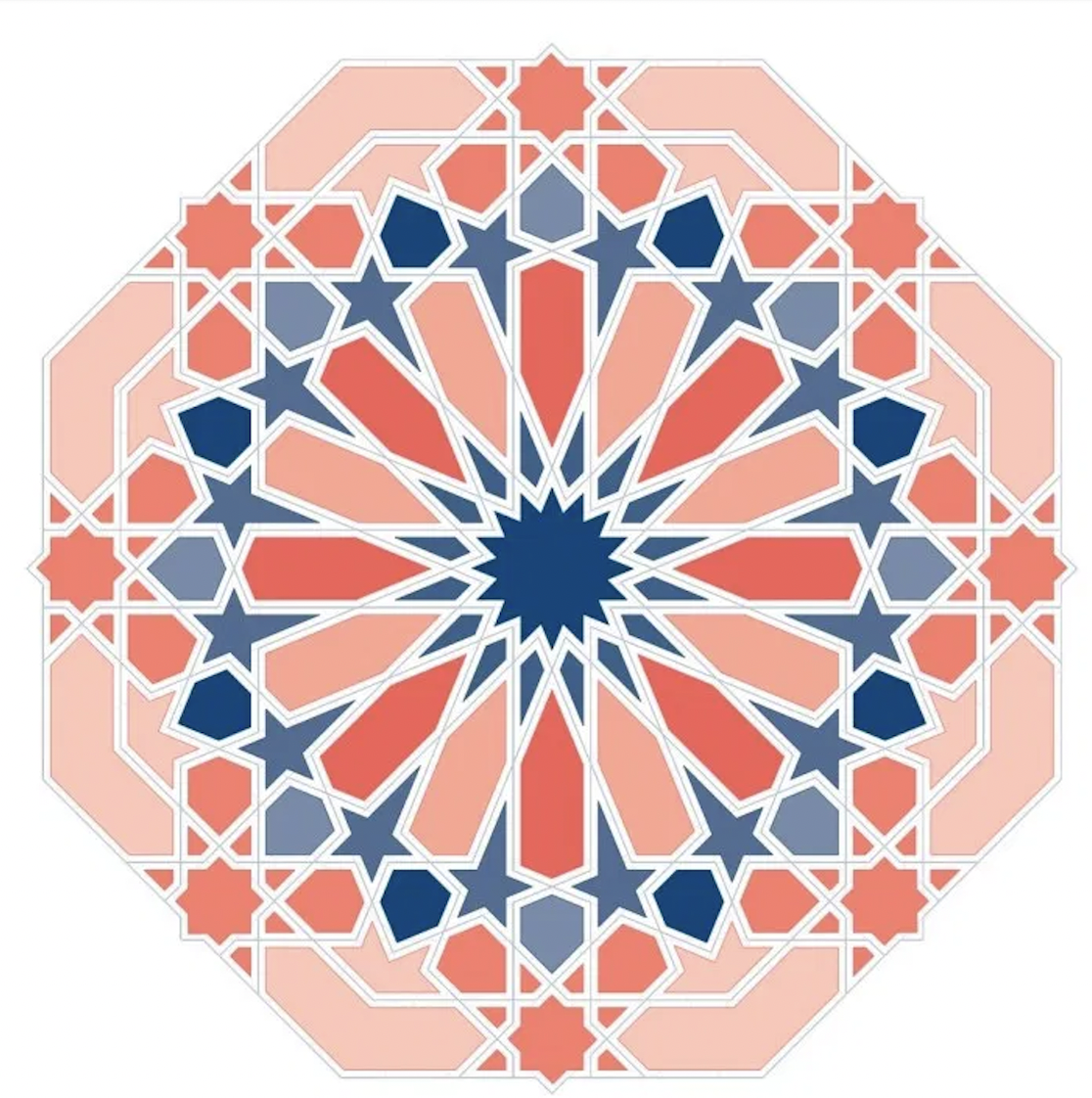Cultural expressions of Ramadan
Ramadan is only a few weeks away. Muslims across the world will be excitedly and somewhat nervously, starting preparations for the Holy Month.
Ramadan is the month of fasting for Muslims. It is an act of worship where one refrains from food and drink from sunrise to sunset. However, it isn’t only an act of starvation, it is so much more. It is a time of reflection, renewed spirituality and connection with the community.
This is why Ramadan is actually a really exciting time. Some research has indicated that more Muslims fast in Ramadan than pray or observe their religion throughout the year.
Although Ramadan brings so much blessings and joy, it sometimes saddens me that we don’t get the full-blown immersive experience in the diaspora as you would in a Muslim country.
Ramadan is about resetting your normal rhythm and slowing things down, so you have time to focus on what is really important. Muslim countries adapt to the pace of Ramadan; there is time for spirituality and for re-connecting and breaking fast with the community. However, in non-Muslim countries, the pace does not slow down, and you are expected to carry on as normal while fasting.
If you are lucky to have a big family, and are part of a wider Muslim community, you can experience some of these benefits of Ramadan. However, if you are alone or live far from a Muslim community, it can feel really lonely.
This is why it is very important for Muslims in the diaspora to make extra effort to connect and bring the excitement of Ramadan to the community, and especially for children who can observe this growing up, and form a love for Ramadan that will last them their whole lives.
We can also perhaps get some inspiration from how Muslim cultures around the world celebrate Ramadan. Whilst everyone has their distinct practices - the core elements are the same. These are the beautiful ‘Golden Threads’ of our religion and Muslim culture, and the very reason I set up this project.
Egypt:
In Egypt, there is a wonderful tradition of firing a canon to mark the time for breaking fast. The canon is fired from the top of the Citadel, and the sound heard by people far and wide.
The canon fire is now televised, so the nation waits in anticipation for the loud bang before breaking their fast.
This tradition is said to only have started in the 1800s, and has now become a well-loved ritual that spread across the Middle East and Ottoman Empire.
Fanous - Egyptian lanterns
Another lovely Egyptian tradition is to put up fanous lanterns everywhere to celebrate Ramadan.
The tradition is said to date back to the Fatimid dynasty times, and was used to welcome the Caliph, Al-Muizz li-Din Allah, when he visited Cairo on the first day of Ramadan.
The lanterns have since become a beautiful tradition, and bring so much joy to the community in the celebration of Ramadan.
Pakistan:
In Pakistan, on the night the Eid moon is sighted, women celebrate the beginning of Eid festivities by going out to the bazaar, and buying new bangles, and adorning their hands and feet with beautiful henna designs.
This fun occasion is known as ‘Chaand Raat’ or the night of the moon.
The shops are until late, and there is so much excitement and buzz in the air, as everyone is overjoyed about the upcoming Eid celebrations.
Dawn feast announced by drummers in Turkey:
This tradition is said to go back to the days of the Ottoman Empire, when drummers dressed in traditional clothing go out into the streets and bang a double headed drum or ‘davul’, to signal the beginning of the dawn meal ‘suhoor’ which precedes the start of the fast.
There are still a number of drummers who perform this task, and have recently been given a membership card to perform this ritual, adding an additional sense of pride and honour to the role.
Some of these traditions are hundreds of years old, but some have started more recently or evolved. It’s a nice reminder that in the diaspora, we should also start some of our own traditions, based on the new places we reside.
It’s important for us to benefit from our treasured traditions but also evolve our own unique interpretations, so that we can come together as a community, and conjure up excitement and love for the Holy Month.
